Rubber Plant, At a Glance
|
Scientific name |
Ficus elastica |
|
Family |
Moraceae. |
|
Native |
South-east Asia |
|
Hardiness Zone |
USDA 10 to 12 |
Caution: Rubber plant is toxic to cats and dogs.
Appearance of Rubber Plant
Generally, rubber plants have a dark green color and glossy leathery textured leaves. But in the case of variegation, we see burgundy color, the pinkish or reddish border around the leaves, and white or cream color patches around the leaves. This plant can grow up to 30 meters (100 feet) if provided with the right environment. In an indoor environment, it grows between 2-10 feet.
Types of Rubber Plant
Commonly seen some kinds of rubber plants are Ficus elastica Robusta, Ficus elastica Burgundy, Ficus elastica Variegata, Ficus elastica Tineke, Ficus elastica Decora, Ficus elastica Doescheri, Ficus elastica Tricolor, and Red Ruby.
Growing Conditions
Requirements for rubber plant at a glance
Elements | Requirement |
Sunlight | Low -bright sunlight |
Temperature | 65-85degree Fahrenheit |
Humidity | 40-50% |
Soil pH | 6.0-7.0 |
Soil mixture | Well drained |
Container | Container with drainage hole |
Water | Once in 10-14days in summer and spring Once in 15-20 days in winter and fall |
Fertilizer | Once a month in its growing period (summer & spring) |
Note: The soil pH level indicates how acidic or neutral the soil is. On a scale of 1 to 10, with 7 indicating neutrality, a pH value less than 7 indicates acidity, while a value greater than 7 indicates alkalinity. Rubber plants thrive in slightly acidic to neutral soil.
Mix the Soil Properly
A well-drained and nutrient-rich soil is necessary for a rubber plant to avoid waterlogging and promote healthy growth. The ideal potting mix for a rubber plant consists of 30% gardening soil, 30% compost (to ensure nutritional value), 15% coco-peat (to retain soil moisture), 15% coarse sand, and 20% rice husk, perlite, or vermiculite (to enhance aeration and insulation in the potting mix). To prevent fungal diseases, a very small amount of fungicide can be added.
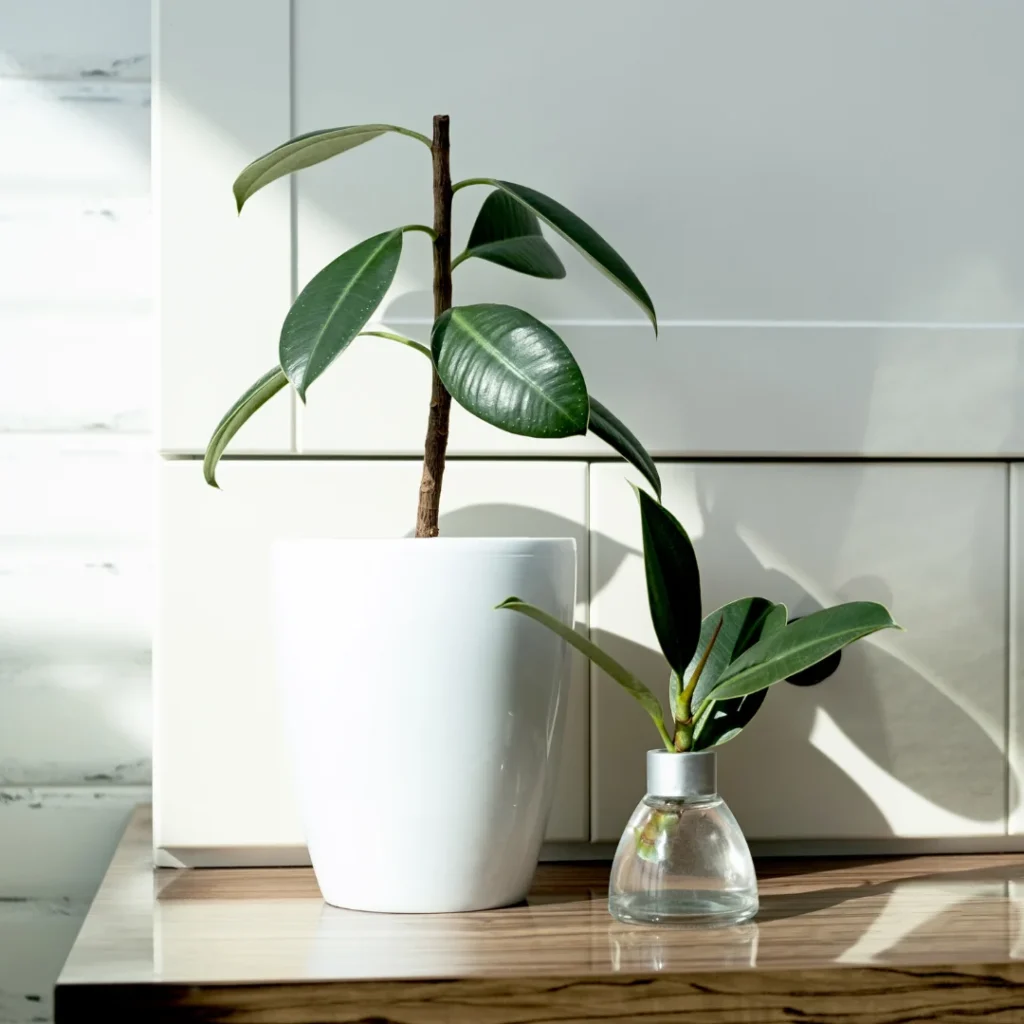
Choose the Right Container
Rubber plants require a well-draining system. Therefore, containers of clay, terracotta, plastic, and fabric materials suit this plant. Clay and terracotta pots excel in moisture regulation and aeration. On the other hand, plastic pots retain moisture, which is advantageous in less humid environments. Two considerations must be taken into account when selecting a container for a rubber plant:
- Ensure there are drainage holes at the bottom of the container.
- The container’s size should be approximately 30% larger than the current size of the plant’s root system.
How Much Sunlight Rubber Plants Need
Rubber plants require bright indirect sunlight; direct sunlight will cause the burning of the leaves. One hour of morning/afternoon direct sunlight works well for this plant. However, for variegated rubber plants, 2-3 hours of morning or afternoon sun exposure is necessary. The plant can survive in low light conditions, but its growth will gradually decrease, and it may develop a leggy shape. Therefore, in indoor environments, place the plant beside a window or in a space where it can receive bright light.
When and How to Water
Rubber plants don’t require much water. Overwatering kills this plant. Water it when the soil gets completely dry. Observe the soil; if cracking is visible on the upper layer of soil, then it is the perfect time for watering. Generally, a rubber plant requires water once every 10-14 days in its active growing period (summer and spring). In winter and fall, water requirement is reduced to once every 15-20 days. When watering, water the plant until the water comes out of the drainage hole. Make sure to water every inch of soil. After watering, keep the plant in a dry place. Keep Ficus elastica green and burgundy in direct sunlight for 1 to 2 hours after watering and keep Ficus elastica ruby under shade.
Feed Rubber Plant with Fertilizer
Rubber plant requires nitrogen-based fertilizer in its growing period (summer and spring). NPK (Nitrogen, Phosphorus, Potassium) 10-10-10 can be used mixed with water according to the instructions written on the packet. In its growing period, it requires fertilizer once a month. Avoid putting fertilizer in the plant’s dormant period in winter and fall.
When and How to Re-pot
Repotting means changing the plant’s existing container. Generally, repotting is done after buying a new plant, in case of root-binding, or when the current potting mix is too old to provide sufficient nutrition. In the case of a rubber plant, repotting is done every 1.5-2 years when the roots become visible from the top of the soil or the plant’s leaves are not growing at a normal rate.
Guidelines for re-potting
- After buying a new plant, wait for 10-12 days before repotting. Let the plant adjust to the new environment.
- Repot the plant during summer or spring. Avoid winter and fall to re-pot any houseplant.
- Choose a container that is 30% larger than the current pot.
- Prepare the potting mix according to what was mentioned earlier.
- While repotting, gently remove the plant from the existing container with soil. Pulling the plant without soil is strictly not recommended.
- Before putting the plant in the new container, inspect the roots for any rot or fungal diseases.
- Now put the plant with the old soil around its root into the new container, and then fill the container with new potting mix. Slightly press the soil to fill up any air pockets and secure the root ball.
- Pour an optimal amount of water immediately after repotting (pour water until it comes out of the drainage hole).
- After repotting, keep the plant in a stable environment.
- After 10-14 days, the plant is ready for its regular care.

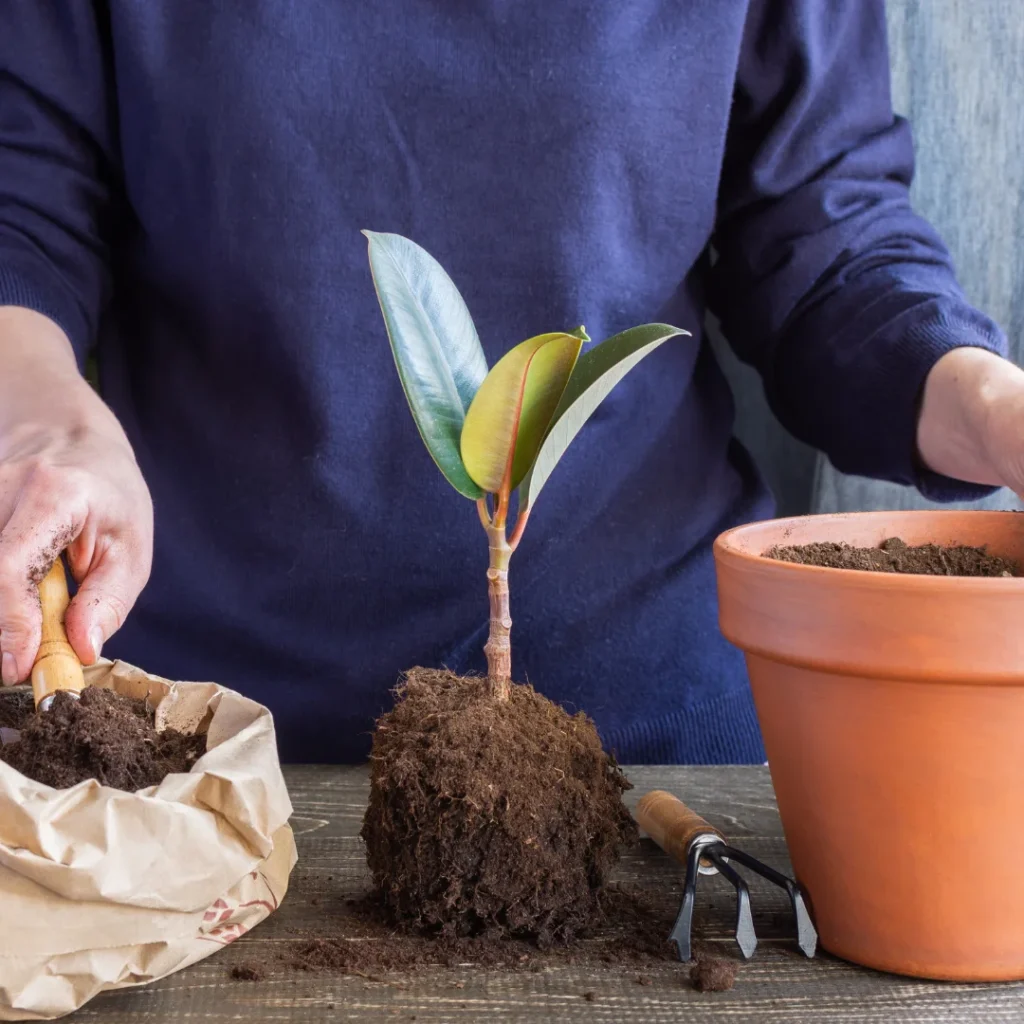
Pruning Rubber plant
As this plant can be quite tall, pruning is necessary for encouraging horizontal growth or branching. Without pruning, the plant gradually develops a leggy shape. In the case of removing dead or diseased leaves, pruning is a must. You can prune the plant with a sterilized blade in any season except winter. Always remember to prune your several nodes from which propagation can be done. 10 -15 days after pruning new stem will be visible.
Protect Rubber Plant from Pest
Rubber plants (Ficus elastica) can be attacked by pests in both indoor and outdoor environments. The common pests that may attack the plant are mealybugs, spider mites, aphids, scale insects, and fungus gnats.
- Immediately separate the plant from other plants.
- Spray a very small amount of neem oil mixed with water or soapy water to get rid of mealybugs, spider mites, and aphids.
- Remove the pests using a soft cotton damp fabric.
- In the case of fungus gnats, repot the plant. A solution of 3% hydrogen peroxide mixed with water in a ratio of 1:4 can also be used to get rid of fungus gnats.
Other Common Issues
Burned leaves, yellow leaves, leaf dropping, browning of leaf edges, and root rotting are common issues in rubber plants.
- Burned leaves and browning of leaf edges are signs of excessive sun exposure. Excessive sunlight also causes yellow and brown patches on the leaves. In this case, avoid keeping the plant in direct sunlight, especially in the afternoon. The plant needs to be kept in indirect sunlight.
- Yellow leaves and root rotting both occur because of overwatering or waterlogging. In this case, the plant needs repotting. While repotting, remember to trim off the rotten roots. Yellow leaves should be removed by pinching.
- Leaf dropping is a sign of underwatering and sudden environmental fluctuations. If the plant is suffering from drought, provide sufficient water until it drains through the drainage holes. In the case of being root-bound, the plant needs repotting.
- Rubber plant drooping leaves can be a sign of low humidity, temperature stress or low light condition. Observe the plant closely and treat according to that.
Propagation of Rubber Plant
Rubber plant propagation is an easy process. When propagating, one must be careful about the season; rubber plants should not be propagated in winter and fall seasons. You can propagate a rubber plant in two ways:
Stem cutting
- First, take a sharp knife or a pair of scissors and sterilize it with rubbing alcohol.
- Choose a healthy stem and cut it with 3-4 nodes (where the leaf joins with the stem).
- Remove the leaves from the lower part of the stem. Keep 2/3 leaves on the above part.
- Dipping the end part of the stem in root hormone for fast root growth is optional.
- Now, put the cutting in water or a well-drained potting mix.
- In water propagation, keep using tap water and ensure the stem is under water. Remember to change the water every 10 days.
- On the other hand, soil propagation keeps the soil moist consistently and provides indirect bright light.
- Roots will be visible within a few weeks
- Once the roots are established, the new saplings are ready for transplanting into a well-drained potting mix.
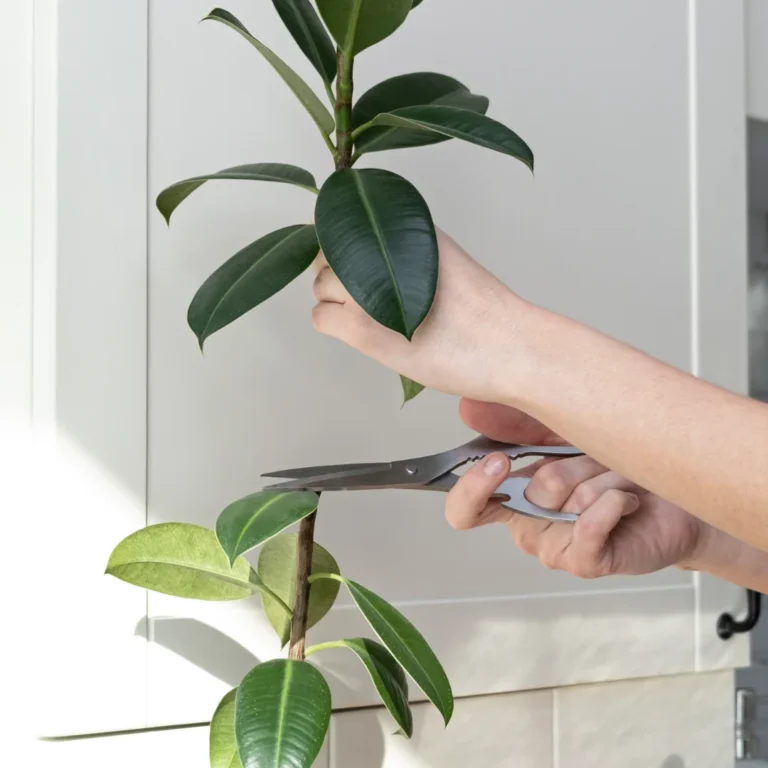
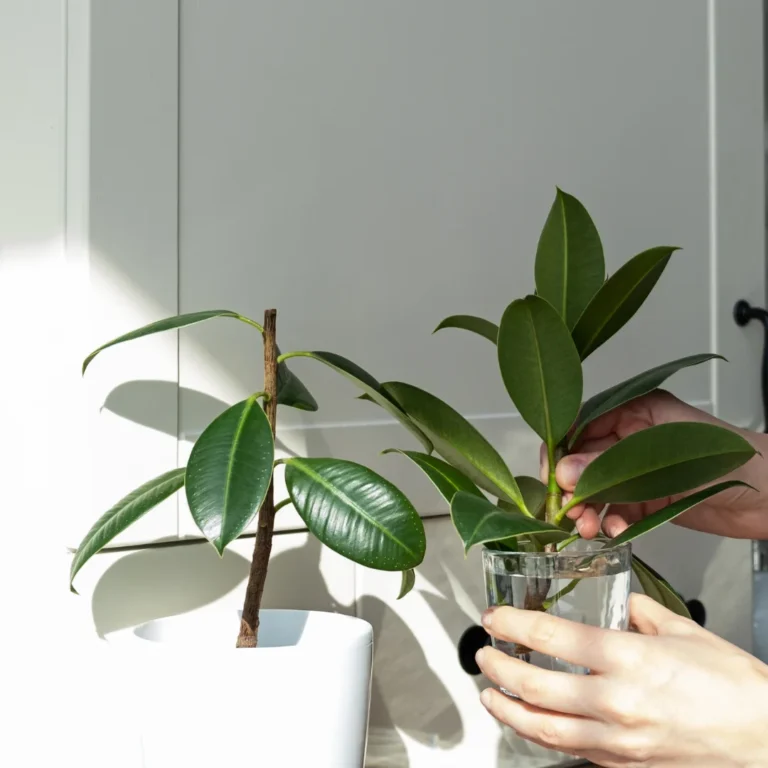
Leaf-cutting
- First, take a sharp knife or a pair of scissors and sterilize it with rubbing alcohol.
- Select a healthy stem from the mother plant. Cut a stem with 3-4 leaves with nodes on it. Now, cut the stem into pieces with one leaf in each cutting. Ensure every cutting has a node.
- You can dip the cutting ends into root hormone for fast root growth, which is optional.
- Now, put the cuttings in water or a well-drained potting mix.
- In water propagation, keep using tap water and ensure the stem is under water. Remember to change the water every 10 days.
- On the other hand, keep the soil moist consistently in soil propagation and provide indirect bright light.
- Roots will be visible within a few weeks
- Once the roots have matured, the plant should be potted in the perfect soil mixture.
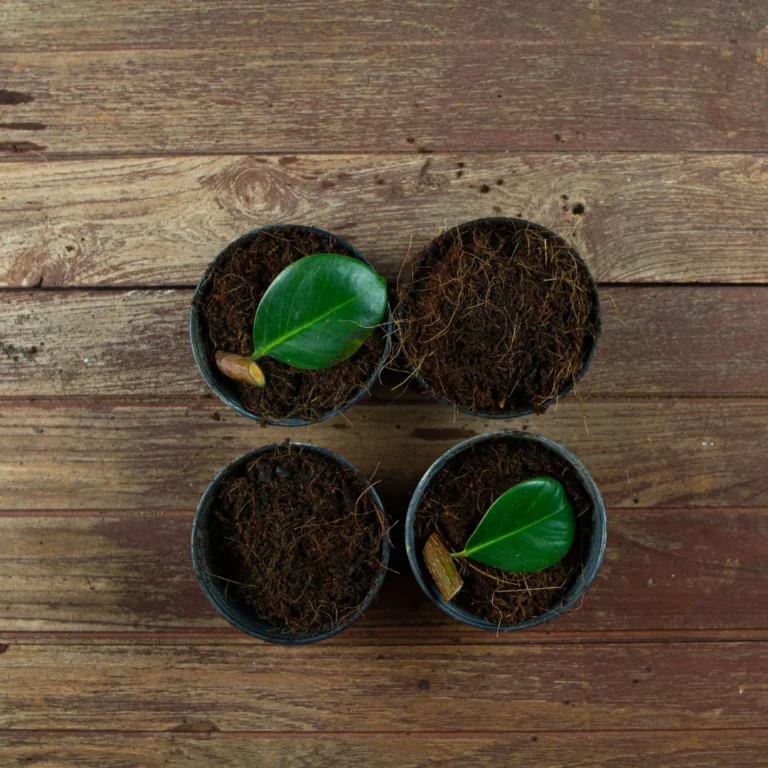
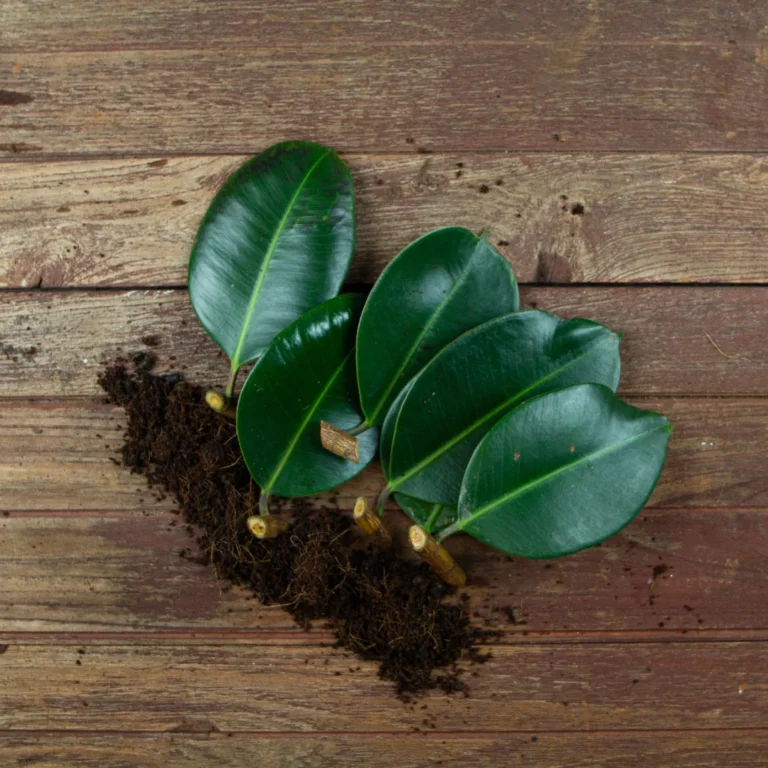
Tips for Rubber Plant
- Firstly, regular pruning is necessary for getting a bushier plant.
- Pinching (removing the growing bud by pinching) can increase branching.
- Wipe the leaves regularly. This will increase photosynthesis. Leaf wiping is also good for preventing pests and making the plant look shiny.



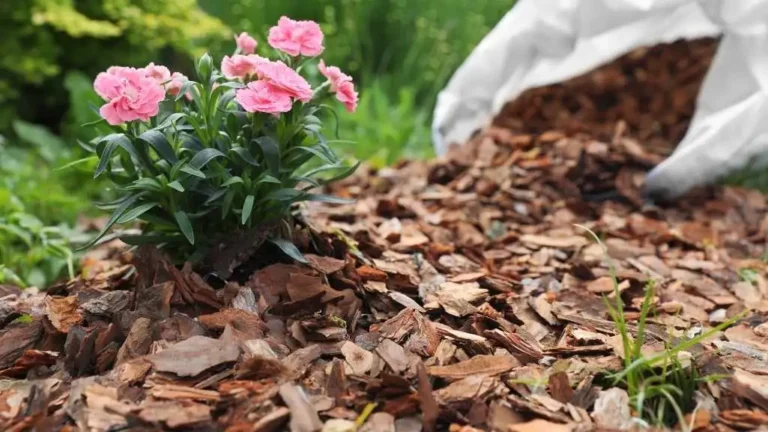
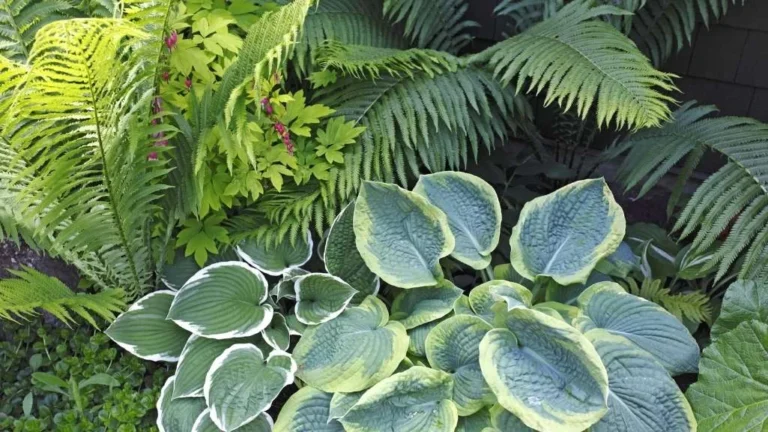
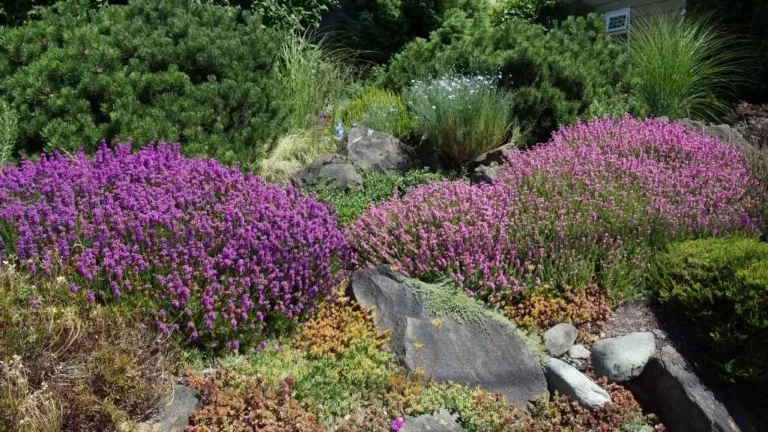

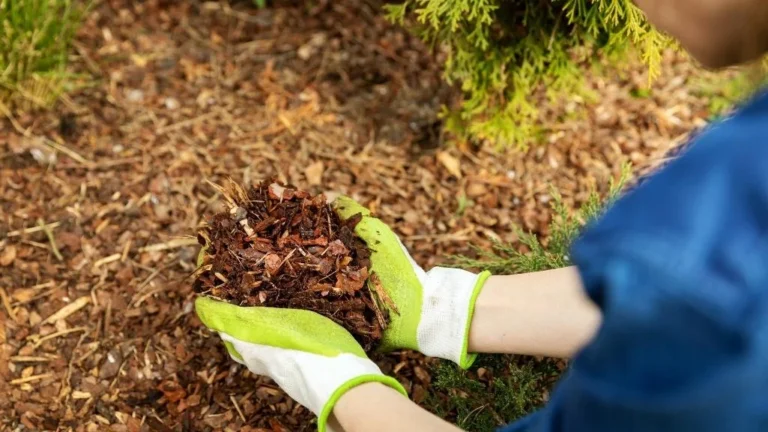


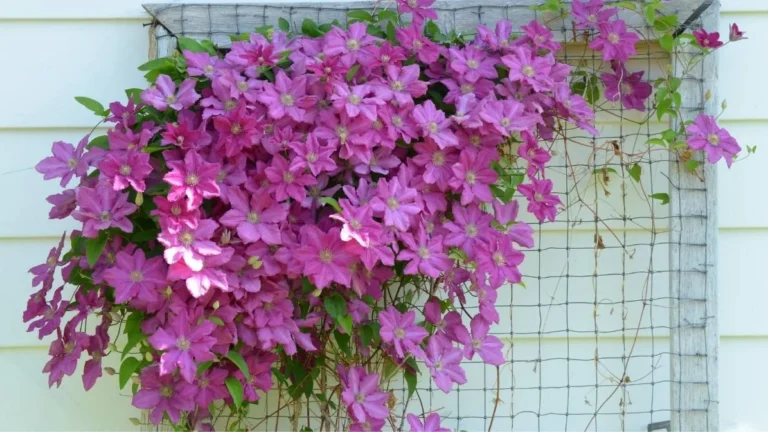
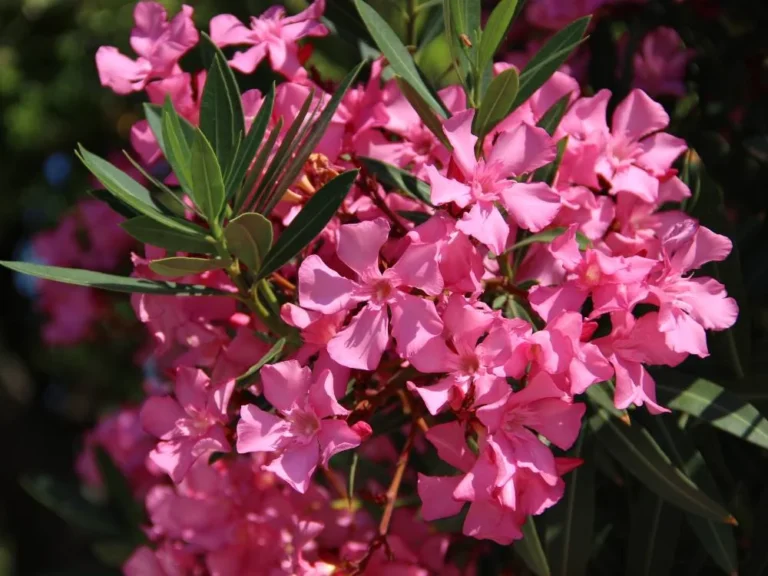
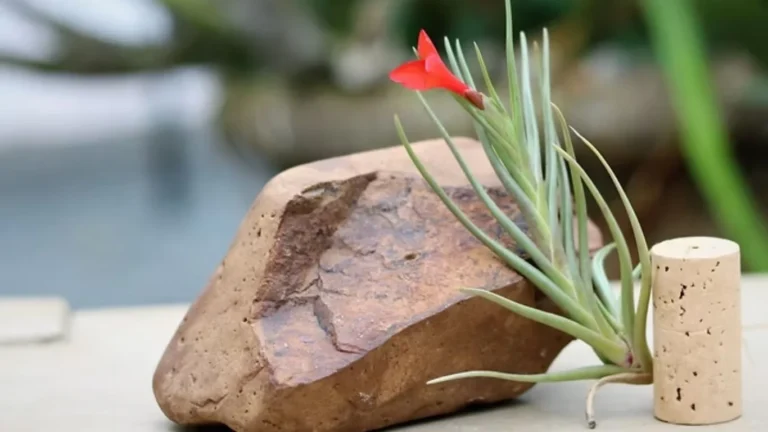
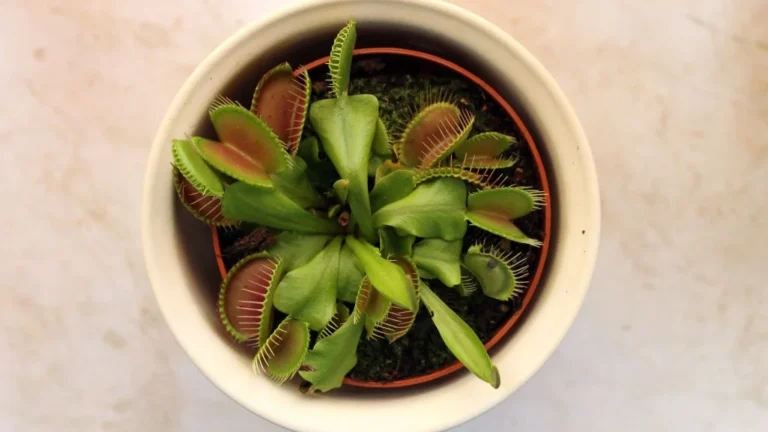
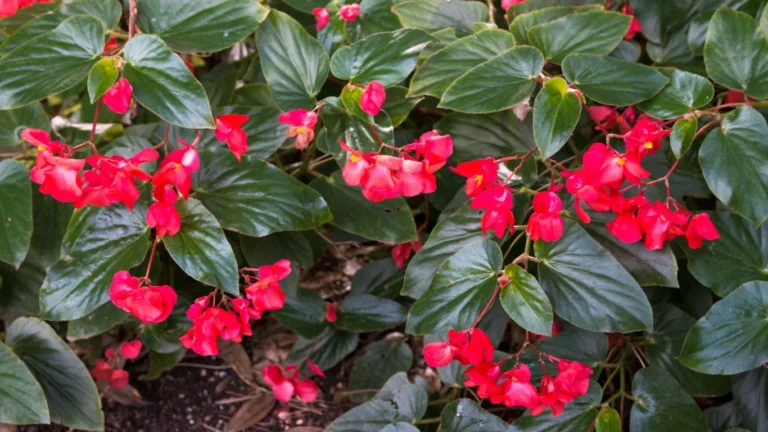
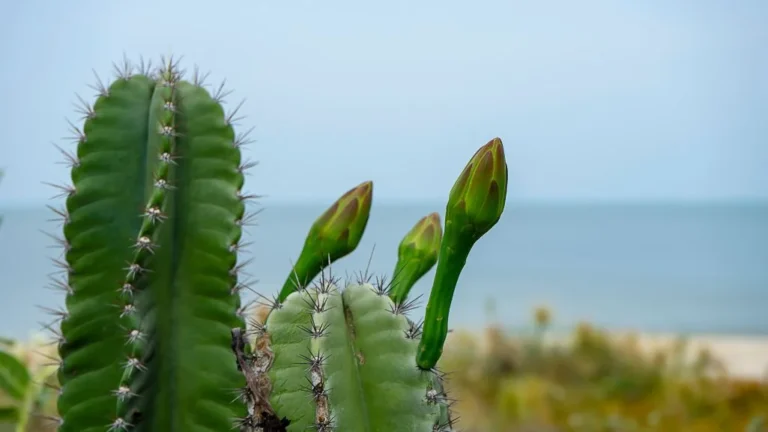
2 Responses
Your writing is a beautiful reminder that the simplest ideas can often carry the most profound truths.
The way you weave ideas together is nothing short of magical — a tapestry of wisdom that captures the heart and mind alike.